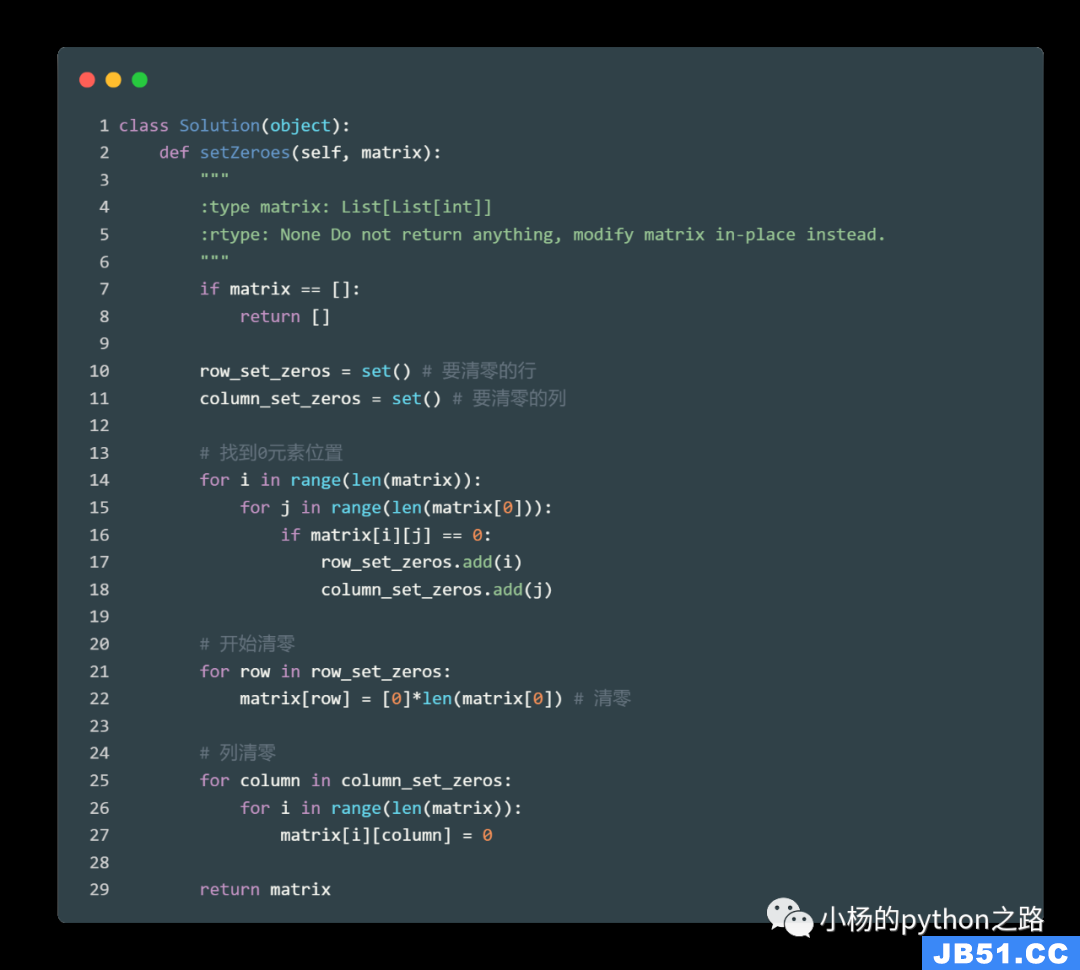本篇内容主要讲解“leetcode后继者怎么实现”,感兴趣的朋友不妨来看看。本文介绍的方法操作简单快捷,实用性强。下面就让小编来带大家学习“leetcode后继者怎么实现”吧!
设计一个算法,找出二叉搜索树中指定节点的“下一个”节点(也即中序后继)。
如果指定节点没有对应的“下一个”节点,则返回null。
示例 1:
输入: root = [2,1,3], p = 1
2
/ \
1 3
输出: 2
示例 2:
输入: root = [5,3,6,2,4,null,null,1], p = 6
5
/ \
3 6
/ \
2 4
/
1
输出: null
解题思路:
1,类似二叉搜索树的查找,区别是查找当前值的下一个节点
2,如果p.Value>=root.Value,后继节点一定在右子树
3,如果p.Value<root.Value,后继节点要么是左子树,要么是root自己
A,当在左子树没有找到,说明是root自己
B,找到了就在左子树中
代码实现
递归实现
/*** Definition for a binary tree node.* type TreeNode struct {* Val int* Left *TreeNode* Right *TreeNode* }*/func inorderSuccessor(root *TreeNode, p *TreeNode) *TreeNode {if root==nil || p==nil{return nil}if root.Val<=p.Val{return inorderSuccessor(root.Right,p)}p0:=inorderSuccessor(root.Left,p)if p0!=nil{return p0}return root}
非递归实现
func inorderSuccessor(root *TreeNode, p *TreeNode) *TreeNode {if root==nil || p==nil{return nil}var q []*TreeNodevar r []*TreeNodefor len(q)>0 || root!=nil{for root!=nil && root.Left!=nil{q=append(q,root)root=root.Left}fmt.Println(len(q),root,root==nil)if root==nil{l:=len(q)if l>0{root=q[l-1]q=q[:l-1:l-1]//fmt.Println(len(q),root,root==nil)r=append(r,root)root=root.Right}}else{r=append(r,root)//fmt.Println(len(q),root,root.Right)root=root.Right}}for i:=0;i<len(r)-1;i++{if r[i]==p{return r[i+1]}}return nil}
到此,相信大家对“leetcode后继者怎么实现”有了更深的了解,不妨来实际操作一番吧!这里是编程之家网站,更多相关内容可以进入相关频道进行查询,关注我们,继续学习!

 这篇文章主要介绍LeetCode二维数组中如何实现对角线遍历,文...
这篇文章主要介绍LeetCode二维数组中如何实现对角线遍历,文... 这篇文章给大家分享的是有关LeetCode中二维数组如何实现旋转...
这篇文章给大家分享的是有关LeetCode中二维数组如何实现旋转... 这篇文章主要介绍了LeetCode中二维数组如何实现零矩阵,具有...
这篇文章主要介绍了LeetCode中二维数组如何实现零矩阵,具有...